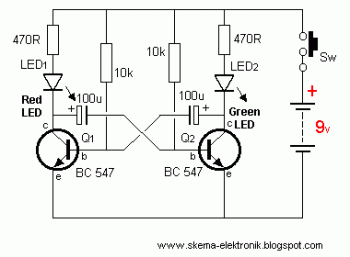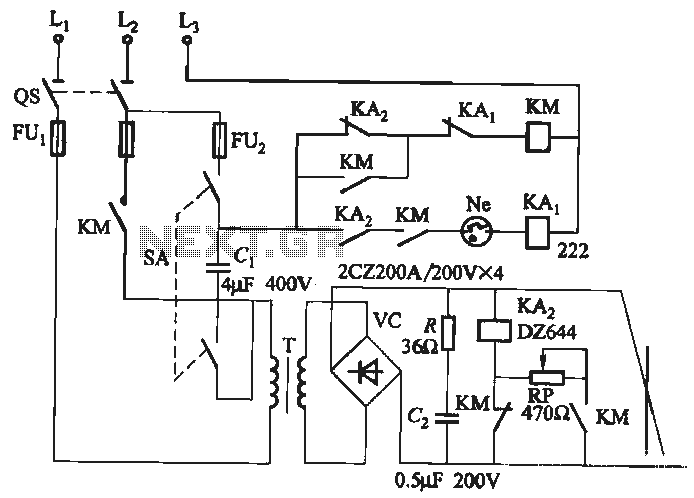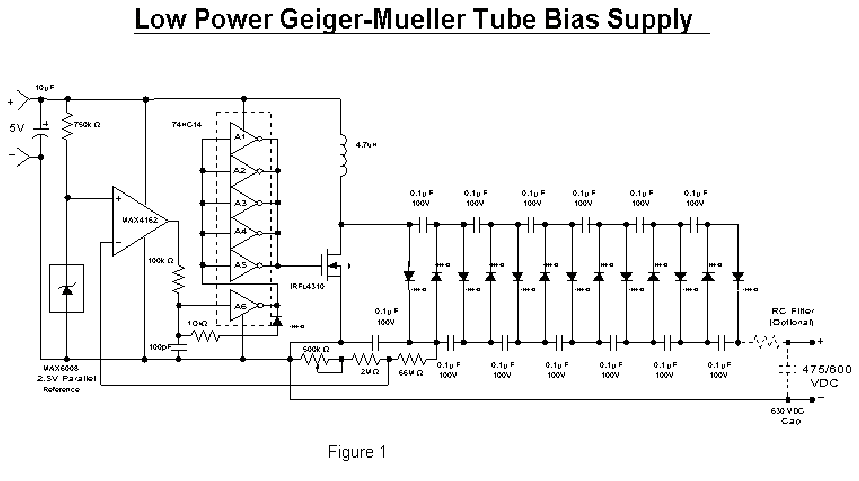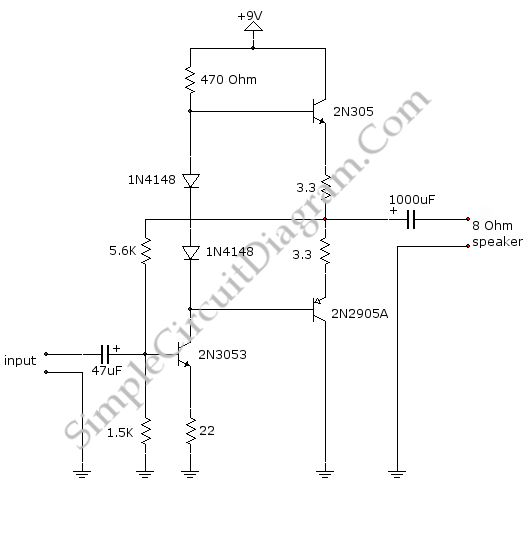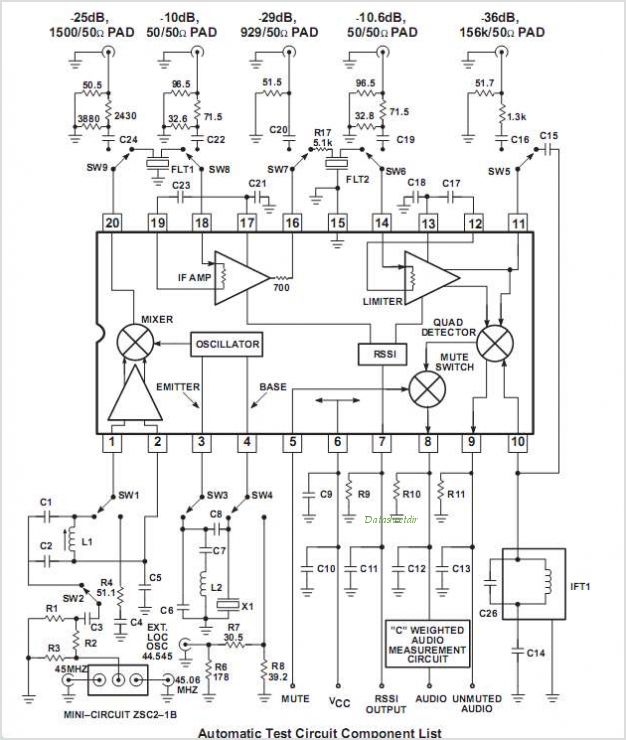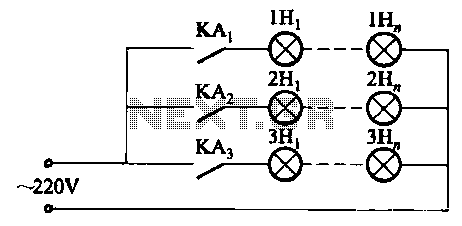
Solar Power / Panel Inverter using Attiny45
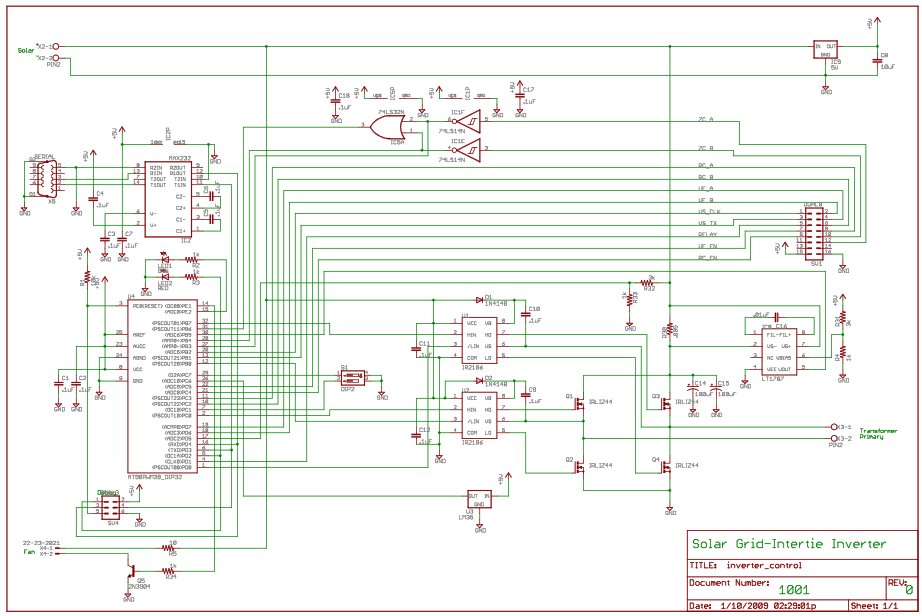
For the last year, a prototype for a solar inverter that can be grid-intertied has been developed. A solar inverter converts 12V DC (or other voltages) from solar panels.
The solar inverter is a crucial component in photovoltaic systems, responsible for converting the direct current (DC) generated by solar panels into alternating current (AC) suitable for use in homes or for feeding into the electrical grid. This grid-intertied inverter design allows for seamless integration with existing electrical infrastructure, enabling energy produced by solar panels to be utilized directly or sold back to the grid.
The inverter typically operates by utilizing a series of power electronic devices, such as MOSFETs or IGBTs, to switch the DC input at a high frequency, generating a pulse-width modulated (PWM) output that simulates a sine wave. The output is then filtered using inductors and capacitors to create a clean AC waveform.
Key components of the inverter circuit may include:
1. **DC Input Stage**: This section includes the connection terminals for the solar panels and may incorporate fuses or circuit breakers for safety.
2. **Power Conversion Stage**: The heart of the inverter, where high-frequency switching occurs. This stage may employ a full-bridge or half-bridge topology to achieve the necessary voltage and current levels.
3. **Control Circuit**: A microcontroller or digital signal processor (DSP) is often employed to manage the PWM signals, monitor system performance, and ensure synchronization with the grid frequency.
4. **Output Stage**: This section filters the PWM signal to produce a clean AC output, which is then connected to the grid or used to power local loads.
5. **Protection Mechanisms**: Essential for ensuring the safety and reliability of the inverter, including over-voltage, over-current, and thermal protection features.
6. **Communication Interface**: Many modern inverters feature communication capabilities for monitoring and control, allowing users to track performance data and system status through a dedicated application or web interface.
The design and implementation of a grid-intertied solar inverter require adherence to various electrical standards and regulations to ensure compatibility with the power grid and safety for users. This prototype aims to optimize efficiency, reliability, and ease of installation, making solar energy more accessible and sustainable.For the last year I`ve been working on a prototype for a Solar Inverter that can be Grid Intertied. A solar inverter takes the 12V DC (or other voltages) from. 🔗 External reference
The solar inverter is a crucial component in photovoltaic systems, responsible for converting the direct current (DC) generated by solar panels into alternating current (AC) suitable for use in homes or for feeding into the electrical grid. This grid-intertied inverter design allows for seamless integration with existing electrical infrastructure, enabling energy produced by solar panels to be utilized directly or sold back to the grid.
The inverter typically operates by utilizing a series of power electronic devices, such as MOSFETs or IGBTs, to switch the DC input at a high frequency, generating a pulse-width modulated (PWM) output that simulates a sine wave. The output is then filtered using inductors and capacitors to create a clean AC waveform.
Key components of the inverter circuit may include:
1. **DC Input Stage**: This section includes the connection terminals for the solar panels and may incorporate fuses or circuit breakers for safety.
2. **Power Conversion Stage**: The heart of the inverter, where high-frequency switching occurs. This stage may employ a full-bridge or half-bridge topology to achieve the necessary voltage and current levels.
3. **Control Circuit**: A microcontroller or digital signal processor (DSP) is often employed to manage the PWM signals, monitor system performance, and ensure synchronization with the grid frequency.
4. **Output Stage**: This section filters the PWM signal to produce a clean AC output, which is then connected to the grid or used to power local loads.
5. **Protection Mechanisms**: Essential for ensuring the safety and reliability of the inverter, including over-voltage, over-current, and thermal protection features.
6. **Communication Interface**: Many modern inverters feature communication capabilities for monitoring and control, allowing users to track performance data and system status through a dedicated application or web interface.
The design and implementation of a grid-intertied solar inverter require adherence to various electrical standards and regulations to ensure compatibility with the power grid and safety for users. This prototype aims to optimize efficiency, reliability, and ease of installation, making solar energy more accessible and sustainable.For the last year I`ve been working on a prototype for a Solar Inverter that can be Grid Intertied. A solar inverter takes the 12V DC (or other voltages) from. 🔗 External reference
Warning: include(partials/cookie-banner.php): Failed to open stream: Permission denied in /var/www/html/nextgr/view-circuit.php on line 713
Warning: include(): Failed opening 'partials/cookie-banner.php' for inclusion (include_path='.:/usr/share/php') in /var/www/html/nextgr/view-circuit.php on line 713
